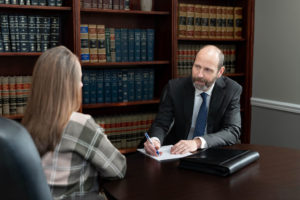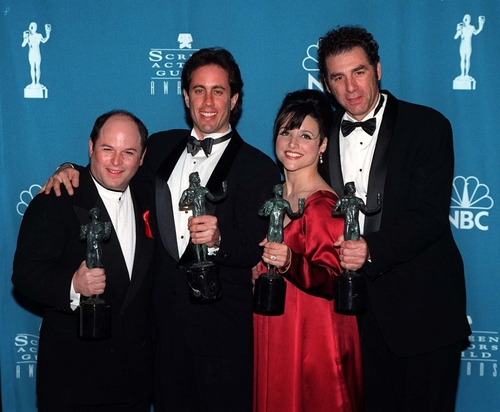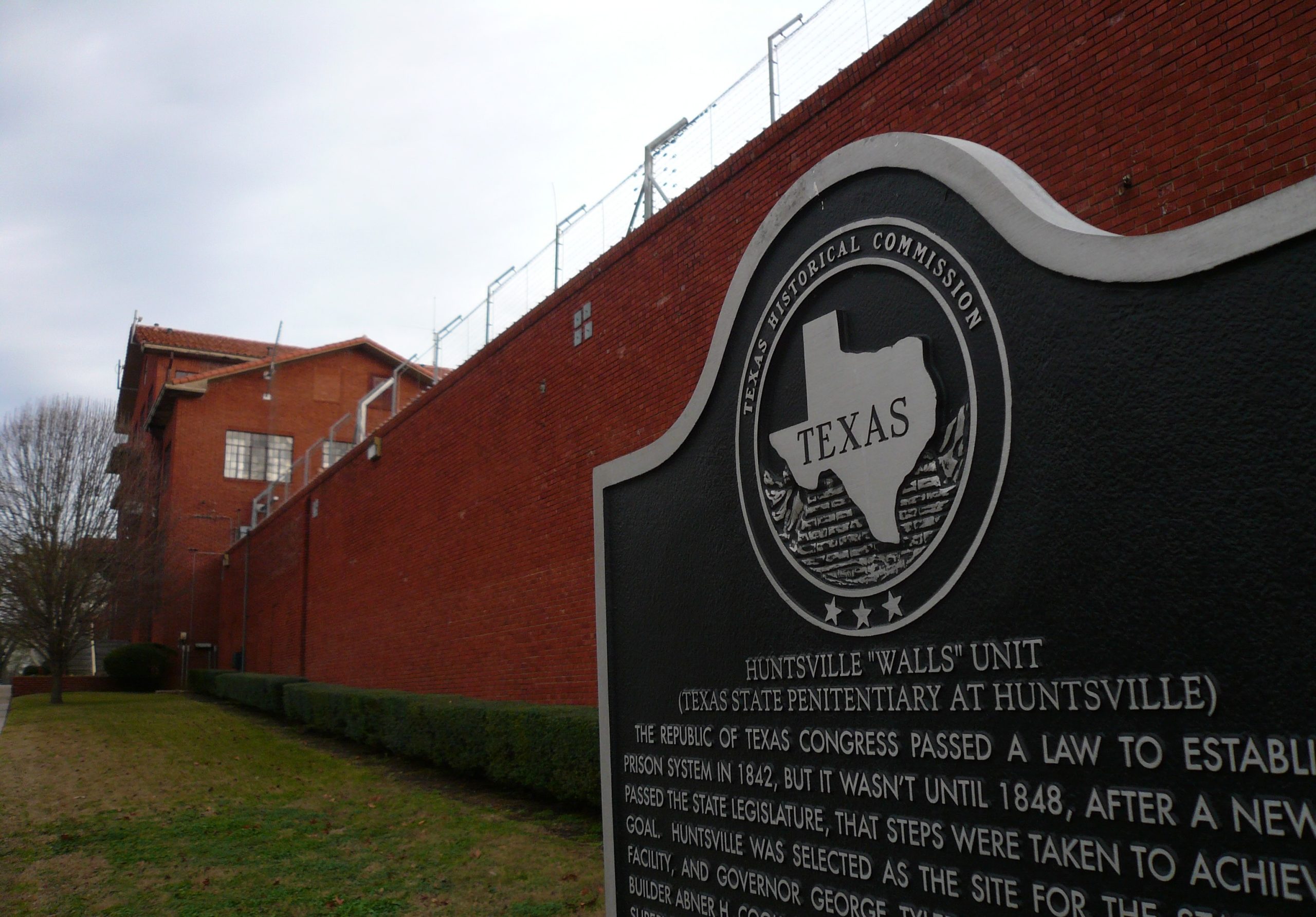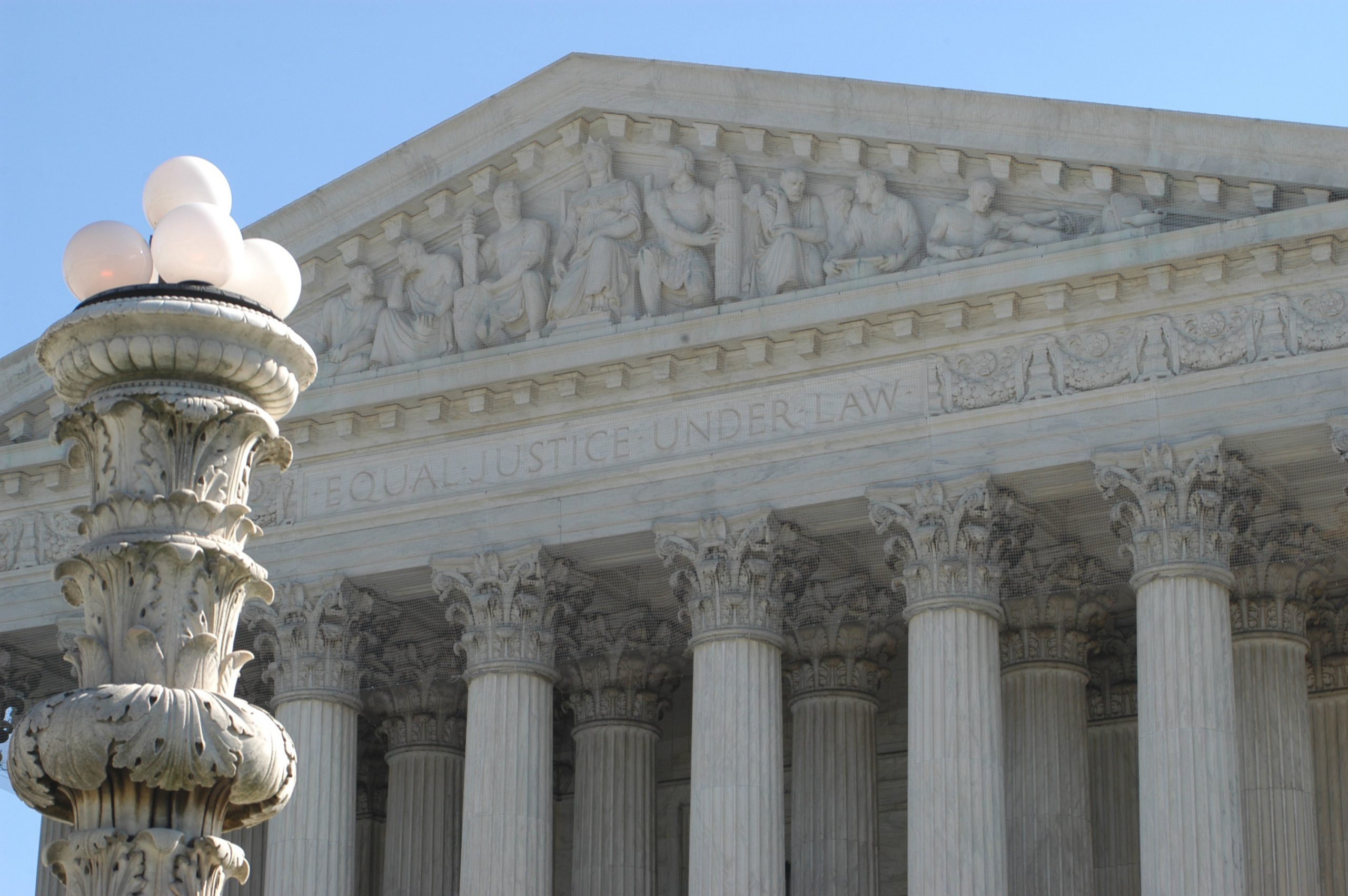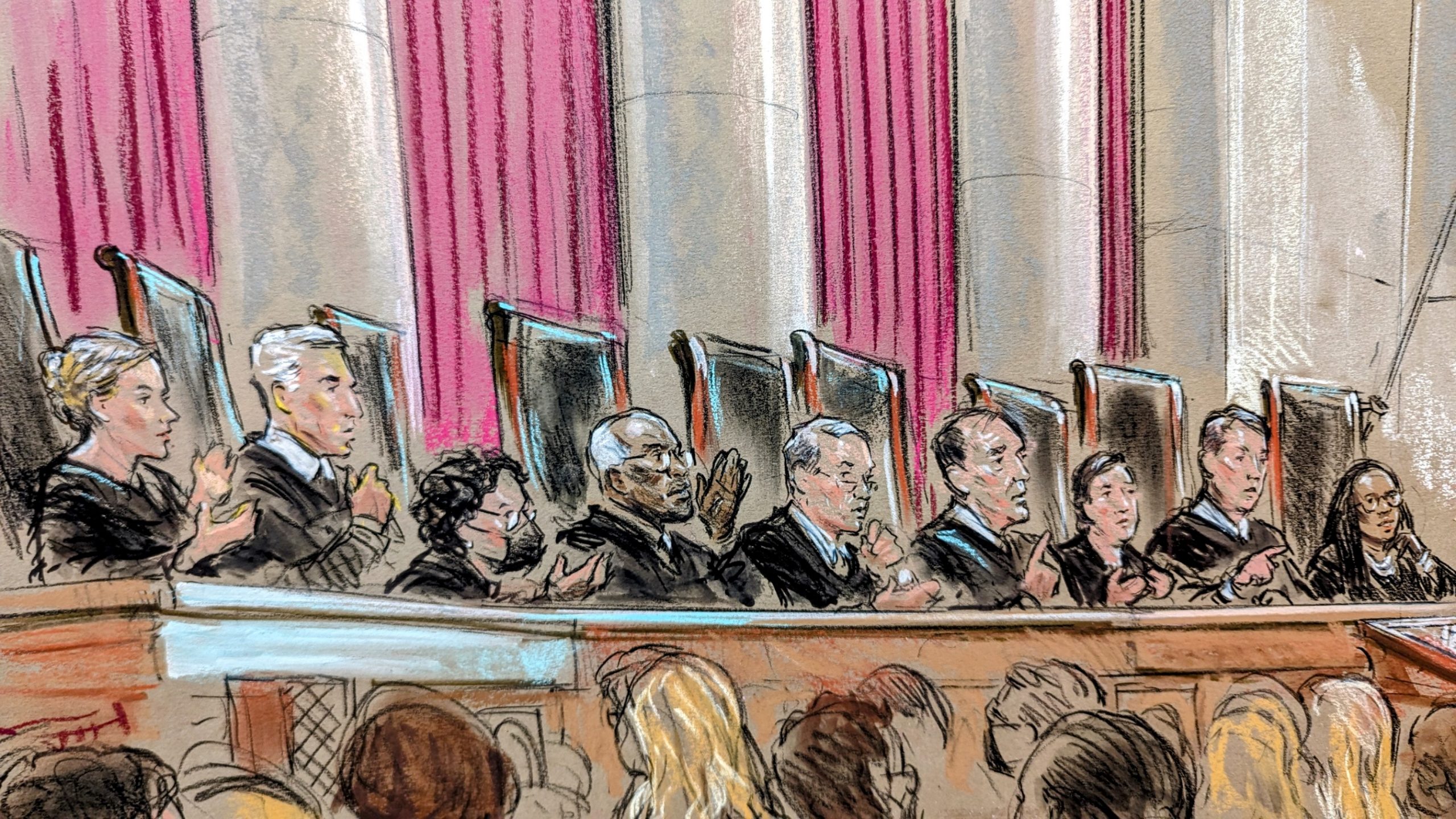Justices limit suits challenging misleading securities registration statements
OPINION ANALYSIS
on Jun 1, 2023
at 3:08 pm
The Slack Technologies initial public offering banner on the New York Stock Exchange in 2019. (Evan El-Amin via Shutterstock)
As expected, Thursday’s decision in Slack Technologies v. Pirani rejected a lower-court ruling that had substantially broadened liability for publicly traded companies under Section 11 of the Securities Act of 1933. That provision imposes liability for false or misleading material in a statement registering securities with the Securities and Exchange Commission. The justices ruled on Thursday that the provision permits lawsuits only by those who purchased the securities registered under that statement.
Traditionally, the process of going public for a young company involves filing a registration statement with the SEC that describes shares that the company will issue and sell in an initial public offering on the public securities markets. In recent years, some companies (including Slack Technologies, the defendant in this case) have experimented with a different process, a “direct listing” in which Slack itself sells no shares. Rather, shareholders sell theirpreexisting shares into the public securities market. Often, as in this case, there is a registration statement, because other provisions of the securities laws obligate some, but not all, of those shareholders to register their shares before selling them. The question before the justices was whether Section 11 liability applies to all of the purchases or instead only to the purchases of registered shares. The answer, Justice Neil Gorsuch wrote for a unanimous court, is that Section 11 liability is available only for purchasers of the registered shares.
Gorsuch explained that the biggest problem with extending Section 11 liability to the unregistered shares is the language of Section 11, which describes a “registration statement [that] contained an untrue statement of a material fact [or was otherwise] misleading,” and then says that “any person acquiring such security” may file suit based on the misleading registration statement. The key “question we face,” he wrote, is whether “the term ‘such security’ refer[s] to a security issued pursuant to the allegedly misleading registration statement? Or can the term also sometimes encompass a security that was not issued pursuant to the allegedly misleading registration statement.”
The “challenge” in understanding the statute, Gorsuch pointed out, is that “there is no clear referent in § 11(a) telling us what ‘such security’ means.” In his view, though, the “context” offers “several clues” that make the meaning plain. “For one thing, the statute imposes liability for false statements or misleading omissions in ‘the registration statement.’” – rather than simply “a” or “any” registration statement. For him, the “us[e of] the definite article … seems to suggest the plaintiff must ‘acquir[e] such security’ under that document’s terms.”
Gorsuch also cited other phrases in Section 11 using the word “such,” all of which seem to refer to “the particular registration statement alleged to contain a falsehood or misleading omission.” He discerned a similar usage in “[o]ther provisions in the 1933 Act,” which limit the effect of the law to the securities described in the registration statement. Perhaps most telling, in his view, is Section 11(e), which “caps damages against an underwriter in a § 11 suit to the ‘total price at which the [registered] securities … were offered to the public.” Gorsuch explained that the cap would “mak[e] little sense” if the statute applied even to the unregistered securities “for if § 11(a) liability extended beyond registered shares presumably available damages would too.”
Turning from the text, Gorsuch acknowledged that nothing “we say here [is] particularly novel,” pointing to the famous 1967 decision of the U.S. Court of Appeals for the 2nd Circuit, Barnes v. Osofsky, authored by the renowned Judge Henry Friendly (for whom Chief Justice John Roberts was a law clerk). Gorsuch added that “[s]ince Barnes, every court of appeals to consider the issue has reached the same conclusion” until the lower-court decision in this case.
As I suggested above, none of Gorsuch’s reasoning should surprise any observer. My argument analysis explained that none of the justices who spoke at the argument offered any support for the lower court’s extension of Section 11 to unregistered securities. The only question on which the justices seemed to be uncertain was what to do about the lower court’s similar extension of Section 12. We get the answer to that question in a brief footnote to the last word of Gorsuch’s opinion: The justices will not address that question. Gorsuch commented that the court had “no need to reach the merits of that particular dispute,” explaining that the lower court’s ruling rested on the view that Section 11 and Section 12 “necessarily travel together.” Accordingly, the court’s reversal of the lower court’s ruling on Section 11 suggests that “the best course is to vacate its judgment with respect to … [the] § 12 claim … for reconsideration in light of our holding today about the meaning of § 11.”
The closest thing to a substantive comment on Section 12 is the final phrase of the footnote, “caution[ing] that the two provisions contain distinct language that warrants careful consideration.” That well might reflect the detailed analysis Justice Elena Kagan offered at the oral argument supporting liability under Section 12, notwithstanding the apparent limitations on Section 11 that Gorsuch explains in his opinion. What the lower court will think of that we can only speculate.
Disclosure: Lawyers associated with SCOTUSblog are among the counsel to Fiyyaz Pirani in this case. The author of this article is not affiliated with the firm.


